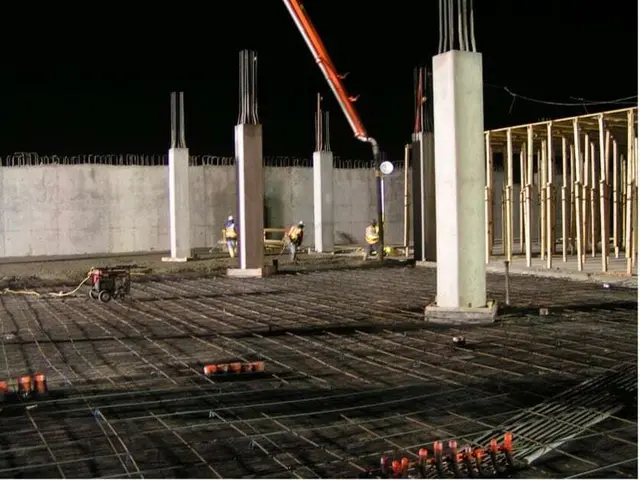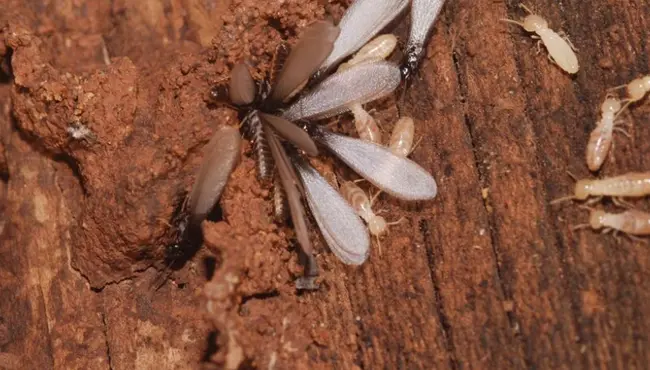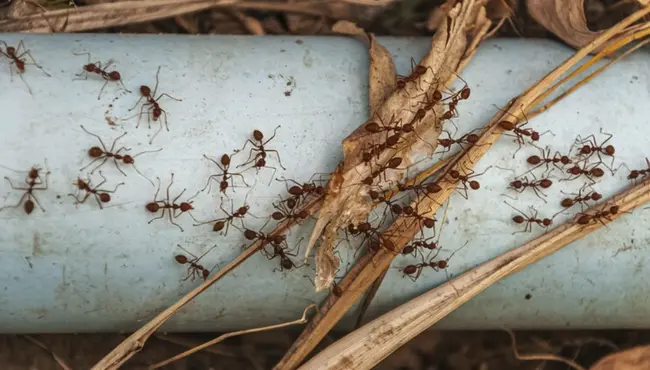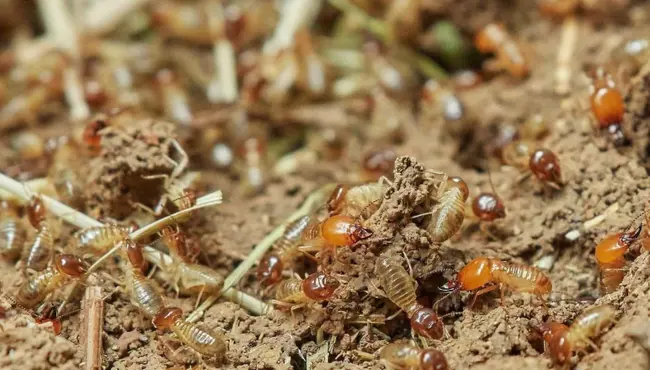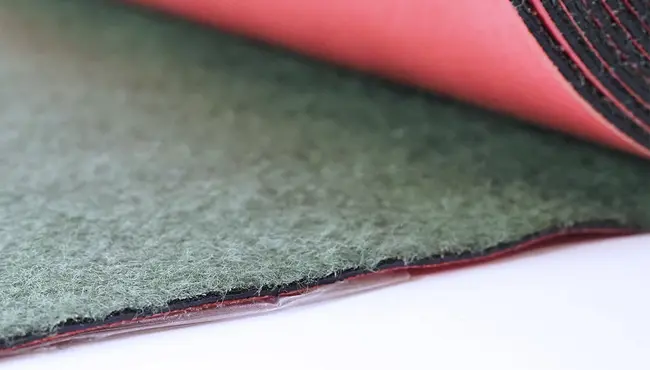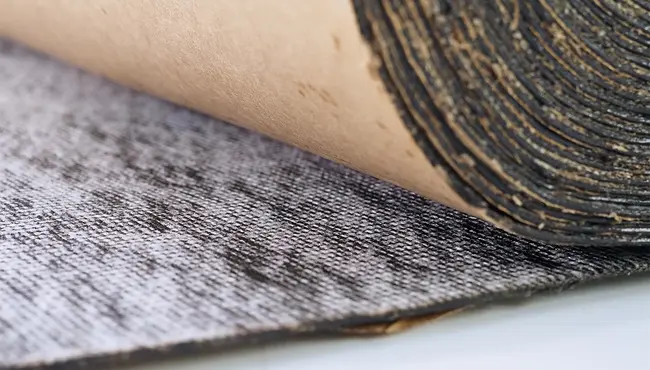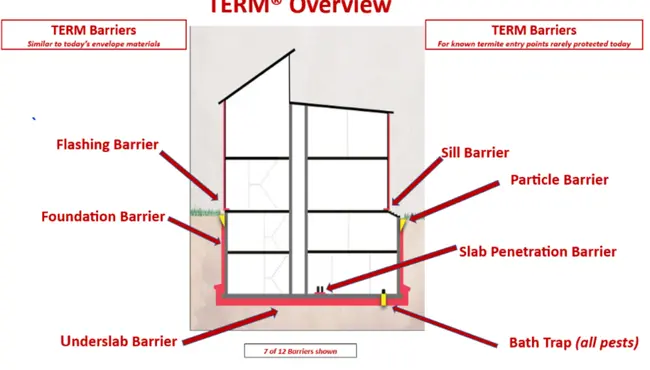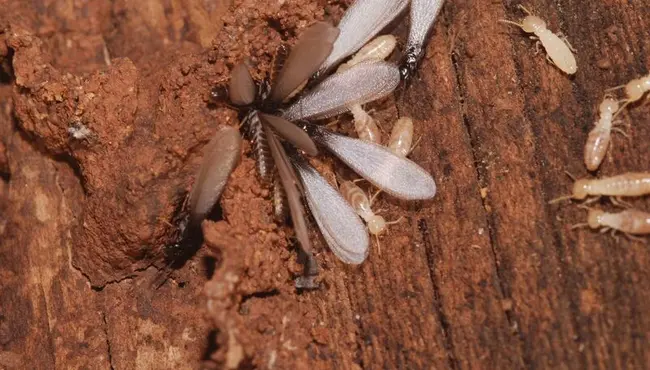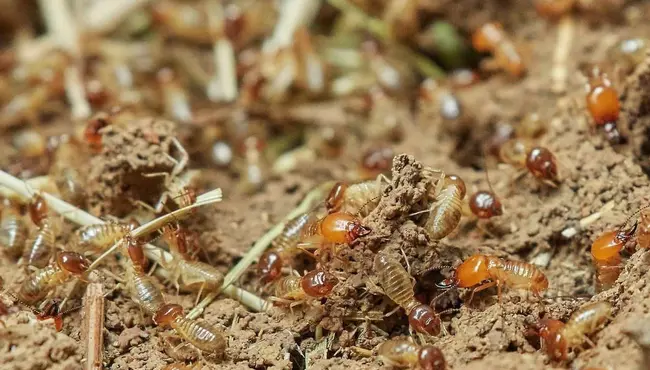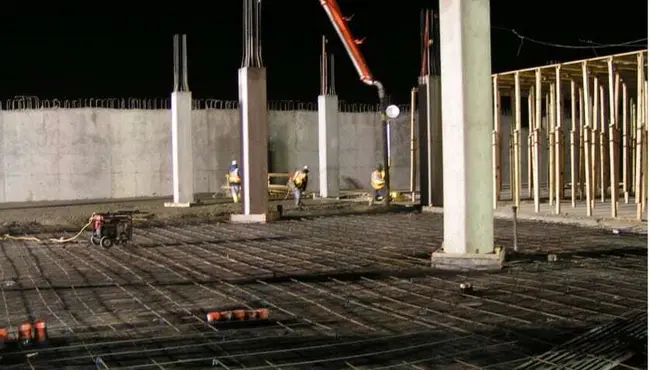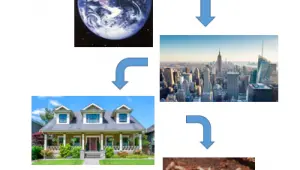Concrete slabs and foundation walls will inevitably crack, allowing entry of water, contaminants, and termites The best concrete waterproofing blocks water before it reaches the concrete joints or cracks, thus protecting the building envelope from water damage. Above grade, flashings (pictured below) and air barriers block moisture and air leaks, improving air quality and providing energy savings.
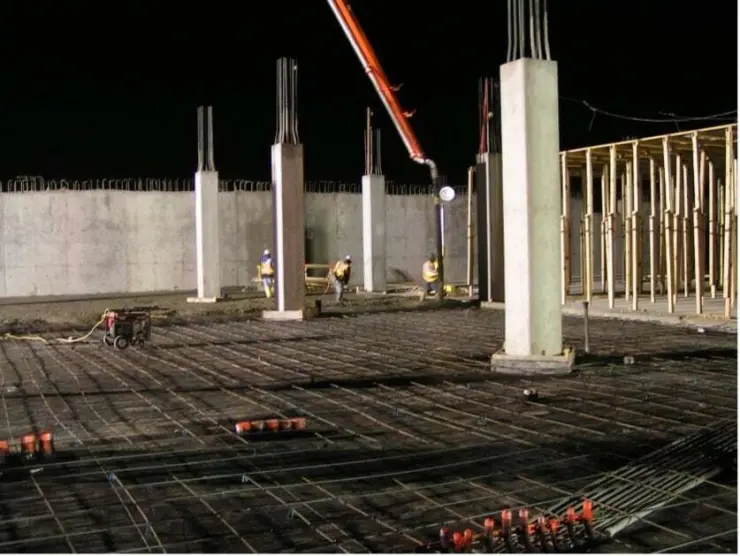
Additionally, building envelope barriers can be upgraded to function as a non-chemical physical termite barrier, which is increasingly important in the Southeast, Southern California, and Hawaii where destructive Formosan termites are infesting more and more regions.
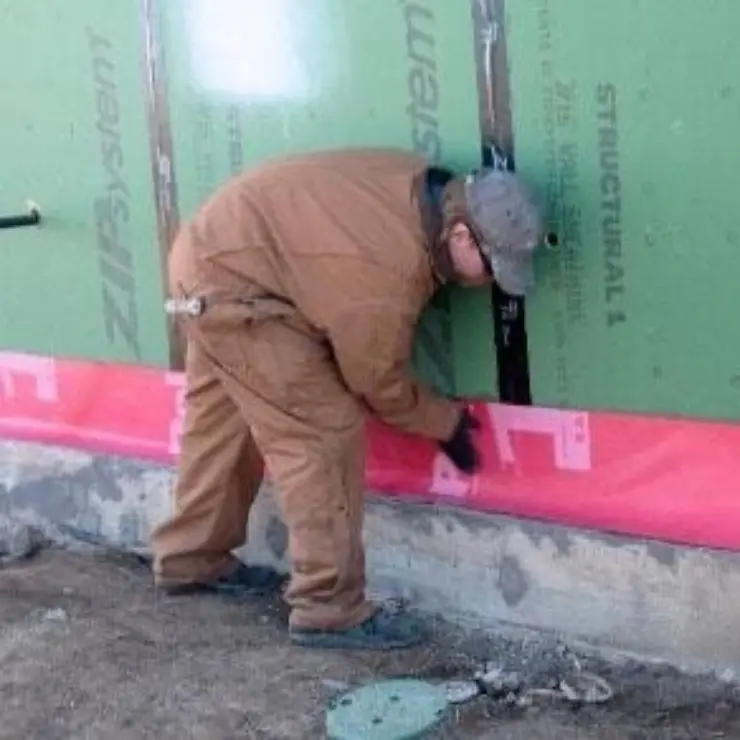
Because the slab construction process is very destructive, you need an extremely puncture-resistant waterproofing barrier. Both Polyguard's Underslab and Underslab TRM waterproofing have over 230 pounds of puncture resistance.
USGBC and LEED Considerations
Polyguard’s waterproofing, building envelope, and termite barriers contribute to sustainability and increase the life of the structure.
Polyguard physical termite barriers not only eliminate structural damage, extending building life, but also block entry of termites and almost all other pests, The result is less disruptions for occupants, and a reduced need for poisonous termiticide and pesticide treatments.
HPD’s provide transparency of product ingredients. Polyguard waterproofing, air barrier, and termite barrier products will quality for USGBC LEED MR credit Building Product Disclosure and Optimization.
Polyguard building envelope materials have no VOC (Volatile Organic Compounds) except for some of the liquid adhesives used on exterior concrete to prepare the surface.
Pokyguard systems also use a solvent-free water-based primer which is replacing solvent-based primers in many applications.
LEED V4 standards call out the implementation of IPM (Integrated Pest Management). “Nonchemical pest preventive measures, either designed into the structure or implemented as part of pest management activities.”. Termite Barrier System products allow you to design non-chemical termite and pest barriers not just in several locations, but around most points of the building envelope.
LEED AQ Credit 5 offers another credit opportunity, as both underslab products have been shown to block transmission of pesticide residuals.
LEED also has ID1 Innovation in Design credit. Polyguard’s Termite Barrier systems will qualify for this credit.
Polyguard’s building envelope products are designed to stand up to the harshest of conditions and have been proven through 50 years of use.
Other Benefits of Underslab Water and Termite Barrier Membranes
- Superior puncture resistance of 230 pounds,15 times greater than the resistance of Class A Vapor Barriers
- Eliminates water leaks.
- Creates a solid adhesive and mechanical bond with the concrete slab to prevent water migration between the concrete and membrane
- Installs easily due to its conformability to irregular surfaces on the job site.
- Offers full-adhering, watertight laps at all joints.
- If a crack develops in the slab or base material, the barrier’s stress-absorbing and elongation properties will maintain a watertight seal.
Polyguard professionals are here to answer your questions on selecting the best moisture barrier for protecting concrete slabs and floors. Contact us today!
